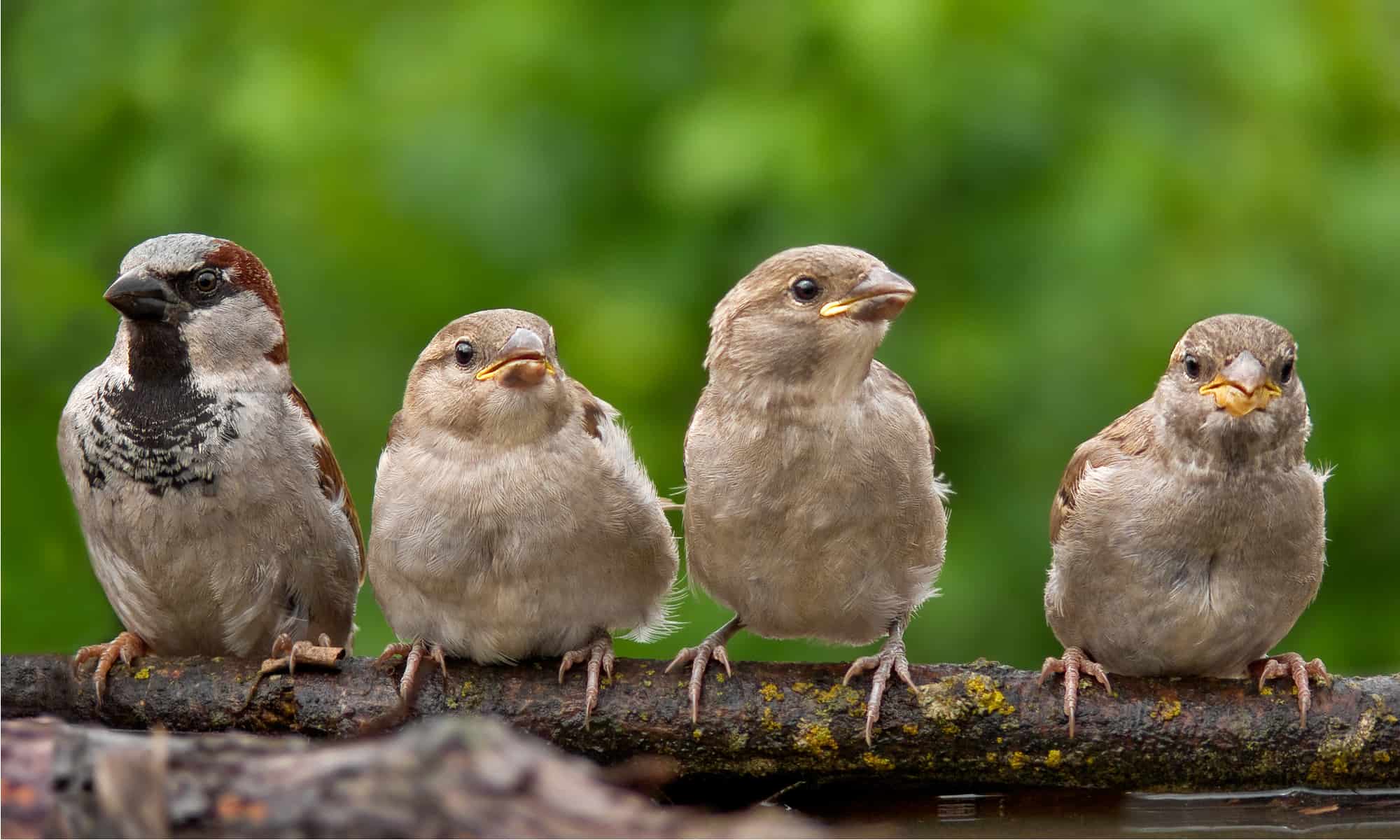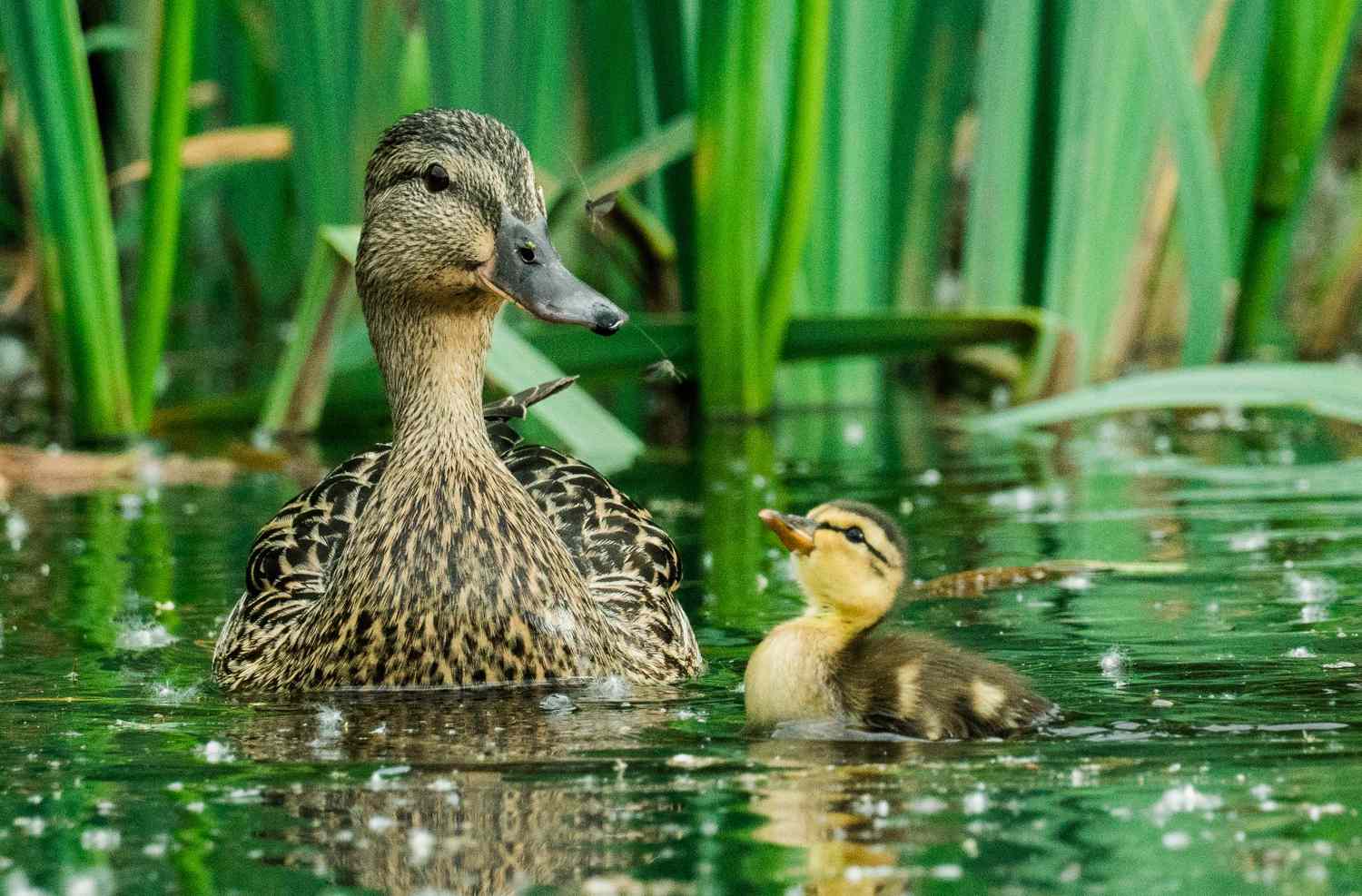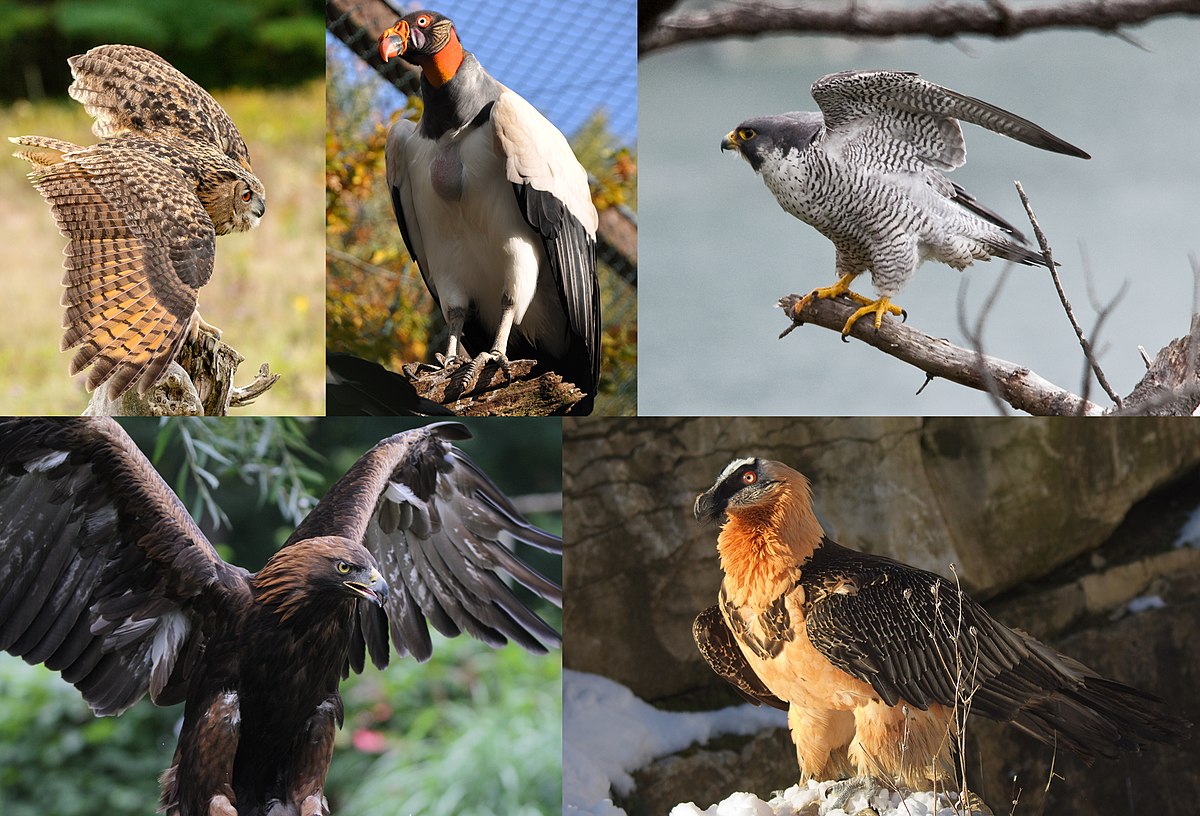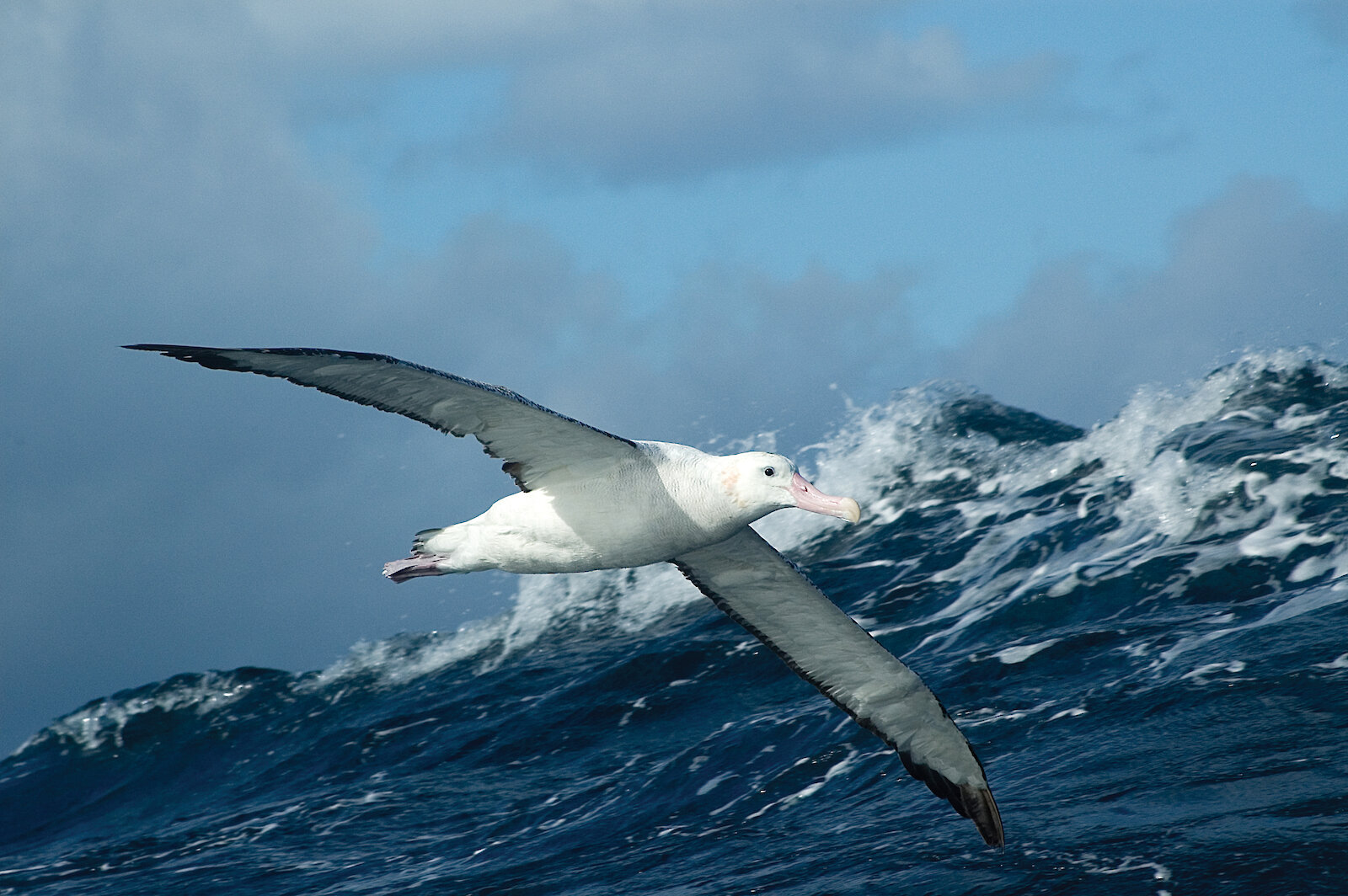Birds are one of the most diverse groups of animals on the planet, with over 10,000 species described worldwide. They come in all shapes and sizes, from tiny hummingbirds to large flightless birds like ostriches and emus.
Birds can be found in almost every habitat on Earth, from the Arctic tundra to tropical rainforests. They are warm-blooded vertebrates that are more closely related to reptiles than mammals.
You are reading: Discover 10 Types Of Birds In The World
In this article, we will explore the different types of birds in the world and their characteristics, including waterfowl, raptors, passerines, seabirds, and many more.
We will also discuss the evolution of birds and their diversification over time. Whether you are a bird enthusiast or just curious about the natural world, this article will provide you with a comprehensive overview of the fascinating world of birds.

10 Types Of Birds In The World
Passerines
Passerines, also known as perching birds, are a group of birds that belong to the order Passeriformes. They are the largest order of birds, with over 6,500 identified species, representing more than half of all bird species.
Passerines are characterized by their anisodactyl arrangement of toes, which means they have three toes pointing forward and one pointing backward, allowing them to perch easily. They are also known for their diverse songs and calls, which are used for communication and attracting mates.
Passerines are found all over the world, in almost every habitat, and are divided into three clades: Acanthisitti (New Zealand wrens), Tyranni (mostly-South American suboscines), and Passeri (oscines or songbirds). Most passerines are omnivorous, but some are carnivorous or insectivorous.
The chicks of passerines are altricial, which means they are born blind, featherless, and helpless, and require extensive parental care. Passerines are an important part of human culture, and have been incorporated into folklore, poetry, music, sculpture, and painting.
Waterfowl

Waterfowl are birds that belong to the order Anseriformes, which includes three families: Anhimidae (screamers), Anseranatidae (magpie geese), and Anatidae (ducks, geese, and swans). They are adapted to life in or near the water, and their anatomy reflects their aquatic lifestyle.
Waterfowl are found in almost every continent except Antarctica, and they utilize different bodies of water in various ways, from mountain streams to coastal shores to tundra lakes. Most waterfowl have webbed feet, round bodies, long necks, and short wings, and all have webbed feet.
Geese tend to be larger than ducks, with shorter bills, and swans are even bigger, with long necks and are usually white. Waterfowl are mid-sized to large birds, and most species are migratory. They eat a variety of food, including plants, fish, and invertebrates, depending on the species.
Female ducks are solely responsible for young, whereas goose and swan females get help from their mate. Waterfowl are an important part of human culture, and they have been incorporated into folklore, poetry, music, sculpture, and painting.
Raptors

Raptors, also known as birds of prey, are a group of carnivorous birds that actively hunt and feed on other vertebrates, mainly mammals, reptiles, and other smaller birds. They are characterized by their keen eyesight for detecting prey from a distance or during flight, strong feet with sharp talons for grasping or killing prey, and powerful, curved beaks for tearing off flesh.
Raptors are found all over the world, in almost every habitat, and they are divided into several groups based on their characteristics. Here are some of the major groups of raptors:
– Eagles: Eagles are large birds of prey with a powerful build, sharp talons, and a hooked beak. They are found all over the world and are known for their impressive hunting skills.
– Hawks: Hawks are medium-sized birds of prey that usually belong to the genus Accipiter. They are mainly woodland birds that hunt by sudden dashes from a concealed perch. They usually have long tails for tight steering.
– Buzzards: Buzzards are medium-large raptors with robust bodies and broad wings. They are found in many parts of the world and are known for their soaring flight.
– Falcons: Falcons are raptors in the scientific family Falconidae with tapered, pointed wings built for speed and agile flight. They are known for their unique hunting behavior, where they hover in the air before swooping down on their prey.
– Owls: Owls are nocturnal birds of prey that are known for their large eyes and silent flight. They have a unique ability to rotate their heads up to 270 degrees, allowing them to see in all directions without moving their bodies.
These are just a few examples of the different types of raptors in the world. Each group has its own unique characteristics and hunting strategies, making them fascinating creatures to observe and study.
Flightless birds
Flightless birds are birds that, through evolution, lost the ability to fly. There are over 60 extant species of flightless birds, including the well-known ratites (ostriches, emus, cassowaries, rheas, and kiwi) and penguins.
Flightlessness has evolved in many different birds independently, demonstrating repeated convergent evolution. For ground-feeding birds, a cursorial lifestyle is more economical and allows for easier access to dietary requirements.
Flying birds have different wing and feather structures that make flying easier, while flightless birds’ wing structures are well adapted to their environment and activities, such as diving in the ocean.
Flightless birds still have wings, but their wings are typically smaller or less fully developed than birds that fly. Feather shapes may be different, and they are tiny and compact and used for insulation while swimming.
Most flightless birds are missing the keel of the breastbone, the part of the bone that attaches to flight muscles. Flightless birds are found in different habitats, from forests to deserts to oceans. In this context, flightless birds can be divided into two groups: ratites and penguins.
Read more : Will Birds Eat Grass Seed
Ratites are a diverse group of flightless birds that are found in different parts of the world, including ostriches in Africa, emus in Australia, rheas in South America, cassowaries in Australia and New Guinea, and kiwis in New Zealand.
Penguins, on the other hand, are a group of flightless birds that are adapted to life in the water and are found primarily in the Southern Hemisphere.
Seabirds

Seabirds are a group of birds that are adapted to life within the marine environment. They are also known as marine birds and are found all over the world, in almost every ocean.
Seabirds vary greatly in lifestyle, behavior, and physiology, but they often exhibit striking convergent evolution, as they face similar environmental problems and feeding niches.
Seabirds can be highly pelagic, coastal, or in some cases, spend a part of the year away from the sea entirely. They have dense, waterproof feathers, and layers of fat to keep them warm, and a unique feature about seabirds is that they have desalination filters in their bills that can eliminate salt from the water they drink.
Some seabirds have webbed or partially webbed feet for swimming, plucking fish from the shallows, or executing precise, plunging dives. Seabirds play important roles in marine, intertidal, and terrestrial environments because they forage throughout the world’s oceans, consume an estimated 7% of marine productivity, and are a food source for many predators.
Seabirds and humans have a long history together: they have provided food to hunters, guided fishermen to fishing stocks, and led sailors to land. However, many species are currently threatened by human activities such as oil spills, nets, and climate change and severe weather. Conservation efforts include the establishment of wildlife refuges and adjustments to fishing techniques.
Specialists

Specialist birds are a group of birds that have unique characteristics that set them apart from other types of birds. They are adapted to specific habitats, diets, or behaviors, and they have evolved specialized anatomical, physiological, or behavioral traits to exploit these niches.
Specialist birds are often contrasted with generalist birds, which have a broader range of habitats, diets, or behaviors. Here are some examples of specialist birds:
– Woodpeckers: Woodpeckers are birds that have a unique ability to peck at trees with their beaks to find insects to eat. They have a long, barbed tongue that can reach deep into crevices to extract prey, and they have a thick skull that protects their brain from the impact of pecking.
– Flamingos: Flamingos are birds that are adapted to life in saline or alkaline lakes and lagoons. They have a unique beak that is used to filter small crustaceans and algae from the water, and their legs are long and thin, allowing them to wade in shallow water without sinking.
– Owls: Owls are nocturnal birds of prey that are known for their large eyes and silent flight. They have a unique ability to rotate their heads up to 270 degrees, allowing them to see in all directions without moving their bodies. Their feathers are also adapted for silent flight, allowing them to approach prey without being detected.
– Hummingbirds: Hummingbirds are small birds that are adapted to feeding on nectar from flowers. They have a long, thin beak that can reach deep into flowers to extract nectar, and they have wings that beat rapidly, allowing them to hover in mid-air while feeding.
– Penguins: Penguins are flightless birds that are adapted to life in the water. They have a streamlined body shape that reduces drag while swimming, and their wings have evolved into flippers that are used for propulsion. They also have a thick layer of blubber that helps them stay warm in cold water.
Specialist birds play important roles in their ecosystems, and they are often used as indicators of environmental health and biodiversity. However, they are also vulnerable to habitat loss, climate change, and other human activities that can disrupt their specialized niches.
Parrots
Parrots are birds that belong to the order Psittaciformes and are made up of four families that contain roughly 410 species in 101 genera, found mostly in tropical and subtropical regions. Here are some interesting facts about parrots:
– Shared Traits: All parrots have curved beaks and all are zygodactyls, meaning they have four toes on each foot, two pointing forward and two projecting backward. Most parrots eat fruit, flowers, buds, nuts, seeds, and some small creatures such as insects.
– Popularity as Pets: Many parrots are kept as pets, especially macaws, Amazon parrots, cockatiels, parakeets, and cockatoos. These birds have been popular companions throughout history because they are intelligent, charismatic, colorful, and musical. Some birds can imitate many nonavian sounds, including human speech.
– Threats to Survival: Currently, the Convention on International Trade in Endangered Species (CITES) bans the sale of any wild-caught species, yet the parrots’ popularity continues to drive illegal trade. Some parrot species are highly endangered. In other cases, once tame birds have reproduced in the wild and established thriving feral populations.
– Types of Parrots: There are over 350 species of parrots, and they come in various shapes and sizes. Some of the most popular types of parrots include macaws, Amazons, lorikeets, lovebirds, cockatoos, and many others. Some of the most dazzling types of parrots include the Scarlet Macaw, Puerto Rican Parrot, Hawk-Headed Parrot, Sun Conure, Kakapo, Rosy-Faced Lovebird, Dusky Lory, and Rainbow Lorikeet.
– Intelligence: Parrots, along with ravens, crows, jays, and magpies, are among the most intelligent birds, and the ability of some species to imitate human speech enhances their popularity as pets. They form the most variably sized bird order in terms of length; many are vividly colored and some, multi-colored. The male African gray parrot is the most accomplished user of human speech in the animal world.
Parrots are fascinating birds that have captured the attention of humans for centuries. They are intelligent, colorful, and musical, and they make great companions for those who are willing to provide them with the care and attention they need.
Hummingbirds
Hummingbirds are fascinating birds that are known for their small size, rapid wing movement, and unique characteristics. Here are some interesting facts about hummingbirds:
– Size: Hummingbirds are the smallest birds in the world, measuring between 7.5 and 13 cm (3-5 inches) in length. They are also the smallest migrating bird.
– Wings: Hummingbirds have wings that beat rapidly, allowing them to hover in mid-air while feeding. Their wings can beat up to 80 times per second, depending on the species.
– Feathers: The feathers of hummingbirds are iridescent, meaning they appear to change color depending on the angle of light. The resulting colors are much more vivid and iridescent than those of birds with only pigmented feathers.
Read more : 10 Types Of Green Birds
– Diet: Hummingbirds are nectarivores, meaning they feed primarily on nectar from flowers. They have long, thin beaks that can reach deep into flowers to extract nectar.
– Behavior: Hummingbirds are known for their feisty and territorial behavior, especially among males. They are constantly bickering with one another, and the red coloration on their throats is used to attract females and repel other males.
– Adaptations: Hummingbirds have many unique adaptations that allow them to survive in their environment. They have a high metabolism to support their rapid wing movement and extremely high heart rate, typically around 1000 beats per minute. They also have a unique ability to rotate their wings backward, which creates downward lift and backward thrust, allowing them to hover in one place.
Hummingbirds are fascinating birds that have captured the attention of humans for centuries. They are small, colorful, and unique, and they make great subjects for observation and study.
Pelicans
Pelicans are a group of large water birds that belong to the family Pelecanidae. They are found all over the world, in both freshwater and marine environments. Here are some interesting facts about pelicans:
– Appearance: Pelicans are large birds with a distinctive pouch under their beak. They have long, broad wings and a short tail, and they are usually white or gray in color.
– Diet: Pelicans are carnivorous and feed primarily on fish. They use their pouch to scoop up fish from the water, and they can hold up to three gallons of water in their pouch at once.
– Behavior: Pelicans are social birds and are often found in large groups. They are also known for their spectacular diving behavior, where they plunge into the water from a height of up to 30 meters (100 feet) to catch fish.
– Habitat: Pelicans are found in a variety of habitats, including coastal areas, estuaries, and inland lakes and rivers. They are also found on islands and in wetlands.
– Conservation: Some species of pelicans are threatened by habitat loss, pollution, and hunting. Conservation efforts include the establishment of protected areas and the regulation of hunting and fishing practices.
Pelicans are fascinating birds that are well adapted to life in and around the water. They are important predators in their ecosystems and are a popular subject for observation and study.
Woodpeckers
Woodpeckers are a group of birds that belong to the family Picidae, which also includes the piculets, wrynecks, and sapsuckers. They are found worldwide, except for Australia, New Guinea, New Zealand, Madagascar, and the extreme polar regions. Most species live in forests or woodland habitats, although a few species are known to live in treeless areas, such as rocky hillsides and deserts.
Here are some interesting facts about woodpeckers:
– Size: Woodpeckers come in a variety of sizes, from the tiny piculets, which are only 7.5 cm (3.0 in) in length and weigh 8.9 g (0.31 oz), to some of the largest woodpeckers, which can be more than 50 cm (20 in) in length.
– Diet: Woodpeckers are primarily insectivores, feeding on insects that they find in trees by pecking at the bark with their beaks. Some species also eat fruit, nuts, and seeds.
– Behavior: Woodpeckers are known for their unique ability to peck at trees with their beaks to find insects to eat. They have a long, barbed tongue that can reach deep into crevices to extract prey, and they have a thick skull that protects their brain from the impact of pecking. They also use their beaks to drum on trees, which is a form of communication and territorial behavior.
– Habitat: Woodpeckers are arboreal birds of wooded habitats and reach their greatest diversity in tropical rainforests, but occur in almost all suitable habitats, including woodlands, savannahs, scrublands, and bamboo forests. Even grasslands and deserts have been colonized by various species.
– Conservation: Almost 20 species of woodpeckers are threatened with extinction due to loss of habitat or habitat fragmentation, with one, the Bermuda flicker, being extinct and a further two possibly being so. Conservation efforts include the establishment of protected areas and the regulation of logging and other human activities that can disrupt their habitats.
Woodpeckers are fascinating birds that have unique adaptations that allow them to survive in their environment. They are important predators in their ecosystems and are a popular subject for observation and study.
FAQS
1. What is the smallest bird in the world?
The smallest bird in the world is the bee hummingbird, which is only 5 cm (2 inches) long and weighs less than 2.5 g (0.09 oz).
2. What is the largest bird in the world?
The largest bird in the world is the ostrich, which can grow up to 2.7 m (9 feet) tall and weigh up to 156 kg (344 lbs).
3. What is the difference between a bird and a mammal?
Birds are warm-blooded animals that have feathers, wings, and beaks. They lay eggs and have a unique respiratory system that allows them to fly. Mammals, on the other hand, are warm-blooded animals that have fur or hair, mammary glands, and a four-chambered heart.
4. How many species of birds are there in the world?
There are over 10,000 species of birds in the world, found in almost every habitat on Earth.
5. What is the purpose of bird migration?
Bird migration serves several purposes, including finding food and breeding sites, avoiding harsh weather conditions, and escaping predators.
6. What is the difference between a raptor and a bird of prey?
Raptors and birds of prey are the same thing. They are a group of carnivorous birds that actively hunt and feed on other vertebrates, mainly mammals, reptiles, and other smaller birds.
7. What is the lifespan of a bird?
The lifespan of a bird varies depending on the species. Some birds, such as the albatross, can live up to 60 years, while others, such as the hummingbird, only live for a few years.
8. What is the purpose of a bird’s beak?
A bird’s beak is used for a variety of purposes, including feeding, grooming, and defense. The shape and size of a bird’s beak are adapted to its specific diet and lifestyle.
9. What is the purpose of a bird’s feathers?
A bird’s feathers serve several purposes, including insulation, waterproofing, and flight. The color and pattern of a bird’s feathers can also be used for camouflage and communication.
10. How can I attract birds to my backyard?
You can attract birds to your backyard by providing food, water, and shelter. Bird feeders, bird baths, and birdhouses are all great ways to attract birds to your yard.
Source: https://petstutorial.com
Category: Birds










